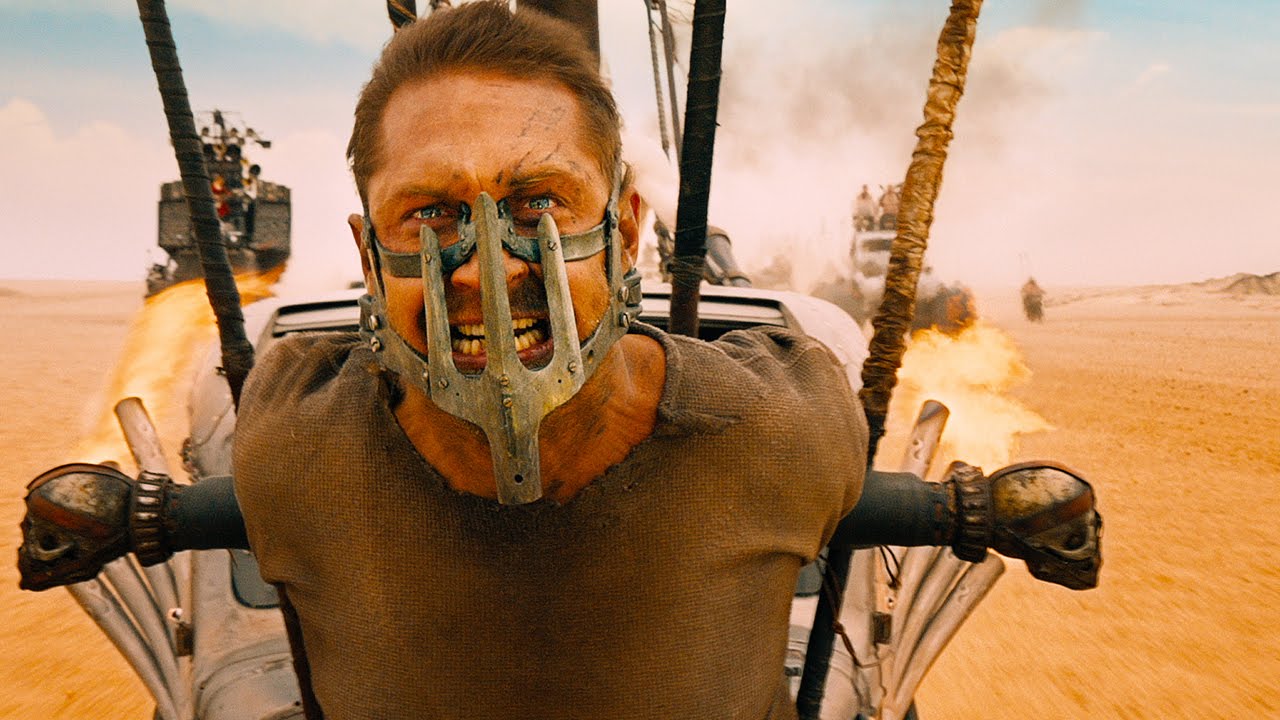
Unequivocally an outstanding year at the cinema, 2015 lit up living rooms, bijous, drive-ins, and multiplex movie screens the world over. Taste of Cinema’s tireless search for the most visually exquisite films that year was no easy charge, though many of the top choices presented themselves clearly and immediately.
While the most studious and impassioned of cinephiles may detect a few glaring omissions, no one can argue that the assembled list presented here offers up films of dazzling discernable depth, stirring symmetry, and assured grace.
25. The Similars
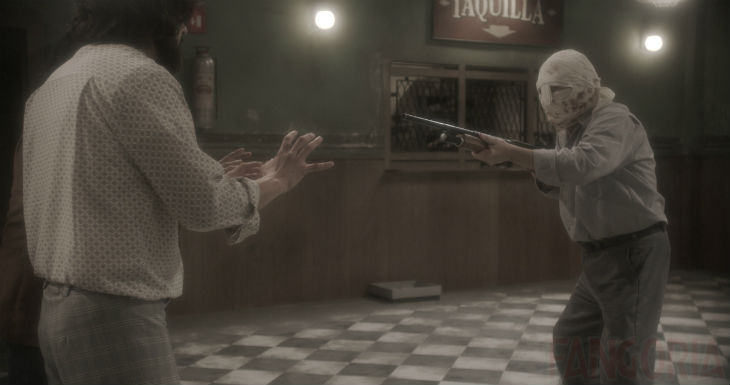
Following up his astonishing low budget high concept debut The Incident (2014) Mexico’s Isaac Ezban secures another startling success with his slick Twilight Zone tribute, The Similars.
Set during a supernatural rainshower in 1968, The Similars imagines a lurid, lavishly textured work that reiterates specific cinematic styles such as Hitchcockian and Wellesian film noir, splashes of Douglas Sirk-style melodrama, and the high-ratched horrors of Sam Raimi’s Evil Dead.
It’s a grab-bag benefaction of pulpy thrills, impressionistic science fiction, B-movies, and art house. It’s odd, far-fetched, and darkly comic. While it may be a somewhat acquired taste, Ezban and cinematographer Isi Sarfati seem to play nice together, offering up a visual picnic, leaping before looking, perhaps, but still yielding rich rewards for adventurous audiences.
24. Victoria
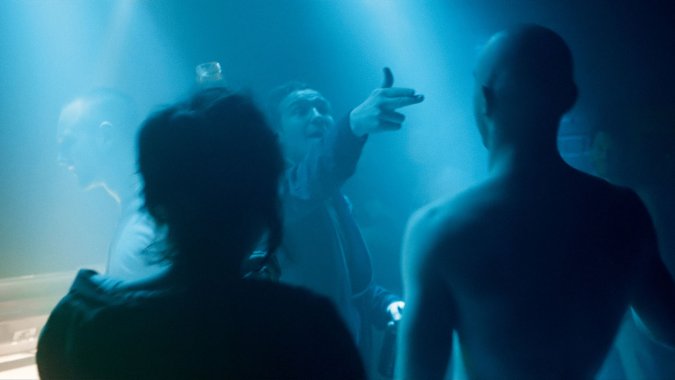
The roller coaster metaphor aptly describes German filmmaker Sebastian Schipper’s (Sometime in August) single take dramatic crime thriller, Victoria. The gimmick, and it’s a good one, may supercede a strong script or affecting characters––most of the ones presented here, including Laia Costa’s titular heroine are one-note and more than a little caustic––but Schipper’s expertly choreographed continuous 140 minute single shot thrill ride is geniusly orchestrated and frequently lovely to look at.
Cinematographer Sturla Brandth Grøvlen’s handheld camera work pairs nicely with Schipper’s nocturnal adventure odyssey, a sort of German bastardkind to Scorsese’s subterrane After Hours, where the real time mise en scène is immeasurably aided by Nils Frahm’s typically lush and seductively overpowering musical interpositions. This movie won’t please everyone, but film school students, certain cinéastes and Frahm fans will be in some kind of heaven.
23. The Martian
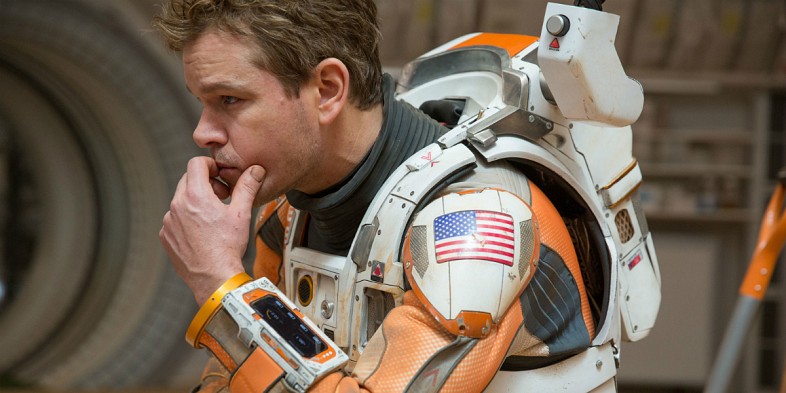
Populist filmmaker Ridley Scott offers up another grand vision in this gigantically scaled, tried and true formulaic crowd pleaser, adapted from Andy Weir’s bestseller.
Scott and his dp du jour Dariusz Wolski offer up an elaborate and immaculately shot saga following Matt Damon’s stranded astronaut Mark Watney, a likeable lad who has to “science the shit” out of his dire situation with only a bone-thin chance of rescue. Quicker than you can quip “Saving Private Ryan in celestial spaces” Scott and his 3D effects crew offer up delicious eye candy with aplomb, dramatic music deafens, capable actors crack wise, and opulent visuals overpower.
While The Martian is calculable and, despite the danger Damon’s character is in, risk-free––I mean, c’mon, he’s gonna make it––the unfolding ocular extravaganza is top tier all the way. It’s no Blade Runner but it’s still a champion contestant, and a hulking one at that.
22. Tangerine
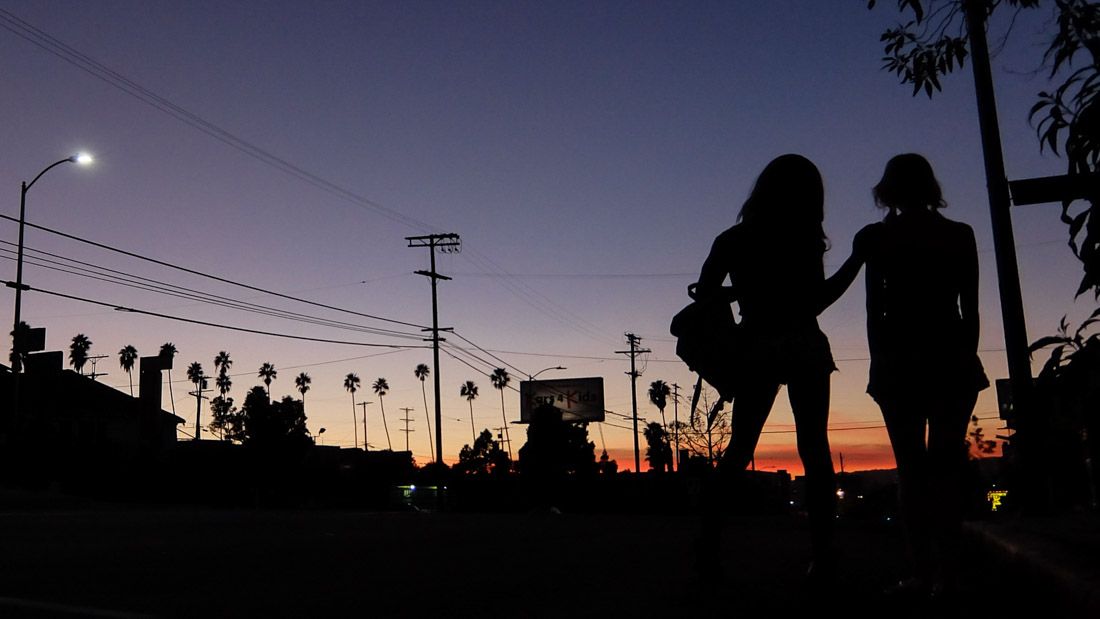
As far removed from The Martian as you can get is Sean Baker’s small-scale success, Tangerine. Perhaps best known as being that indie film that was shot on iPhones––slightly modified, of course––Baker’s neo-screwball transgender comedy is a surprisingly startling, color-saturated sliver of chimeric cinema.
Radium Cheung’s cinematography is dreamlike in the best sense, bringing a hyperreality to the rough hewn guerilla aesthetic that may well be lost on mainstream audiences but deeply appreciated and applauded by the more analytical eye.
Tangerine is gritty, as you might expect, but it’s also riotously entertaining, emotionally honest, and precious to look at, like dime store jewellry that somehow manages to beautifully reflect a gorgeous and unusual light.
21. Horse Money
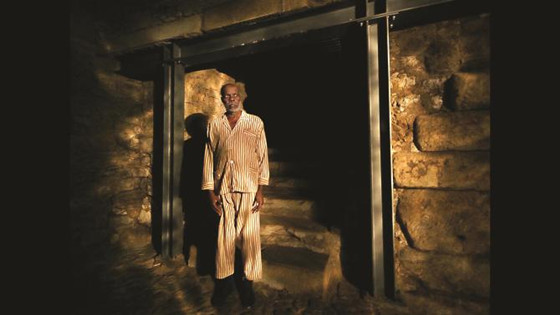
Pedro Costa’s nocturnal portrait of pain and piety blurs the line between documentary and fiction in the most fabulist of ways. Hazy, half-remembered hospitals and chiaroscuro apartment blocks beckon the viewer into modern day Lisbon and the life of a Cape Verdean survivor known only as Ventura (the actual nom de plume of Costa’s go-to leading man, in this, their sixth film together).
Costa and his genius cinematographer Leonardo Simões chronicle Ventura’s Joycean transmigration, a nighttime sojourn that doubles as an eloquent and memorable portraiture that’s as hypnotic as it is lamenting. It may not be feelgood, but it feels mighty, and looks like a dark and unremitting dream.
20. Macbeth
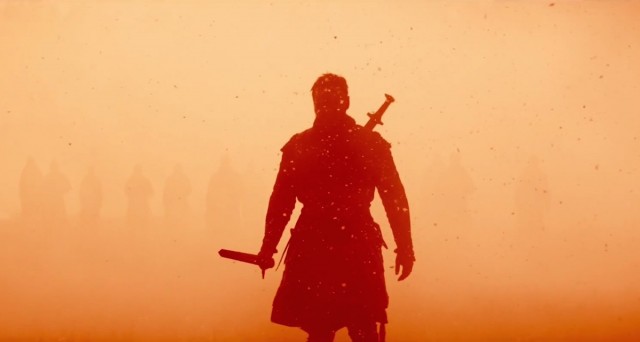
One of the most deliciously discernable Shakespearean adaptations since Julie Taymor’s Titus, Justin Kurzel’s Macbeth is a mesmerizing dramaturge, bracingly cinematic and adroitly bloodthirsty. A one time theater designer, Kurzel makes fabulous use of medieval Scotland, where the cold air is palpable and pale, the heavy fog underscores rather than obscures the savage scrum of war and its uncivil aftermath.
Macbeth, easily the Bard’s bloodiest and most truncated drama, has seen many conquering cinematic adaptations, and while Akira Kurosawa’s Throne of Blood leads the pack, and Polanski’s Macbeth is perhaps the most glaring, Kurzel offers up a visual spread flecked with crimson and ostensible cruelty. Lady Macbeth may concede that “Hell is murky,” but here Kurzel pierces Hell’s tenebrous curtain to show what writhes and gnashes underneath.
19. Spotlight
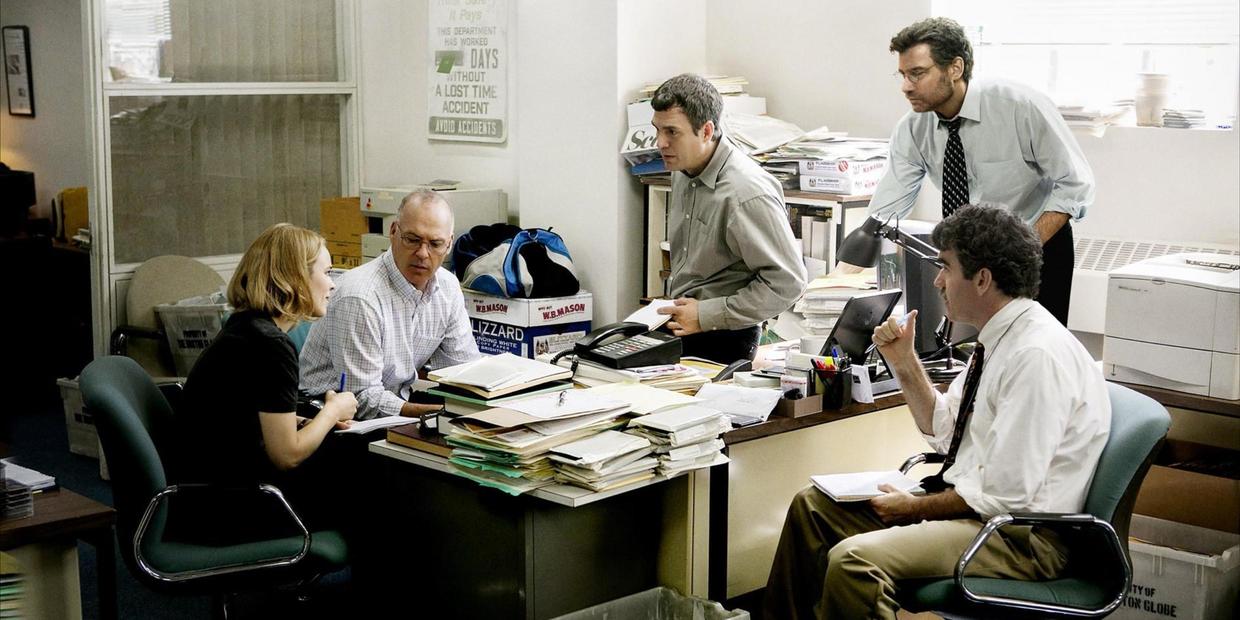
Tom McCarthy’s gripping newspaper thriller Spotlight chronicles the Boston Globe’s shocking real-life exposé of child abuse and the Catholic church.
A quietly absorbing picture, Spotlight, on the surface, appears to be a somewhat pedestrian David v Goliath story––that it won Best Picture at the Academy Awards was a shocker for many––but the film intelligently and almost anonymously snakes up on the viewer. The physicality of Boston, especially its ill-boding and threatening churches influence and command the landscape. As detailed and overflowing as McCarthy and Josh Singer’s script is, the visuals are almost as dizzyingly dense.
Spotlight is not a subtle picture, nor should it be considering its content and value as societal communiqué, but its grand gestures––particularly its symbolic synthesis of religious iconography––make the exposed infamy all the more arresting and astonishing.
18. A Pigeon Sat on a Branch Reflecting on Existence
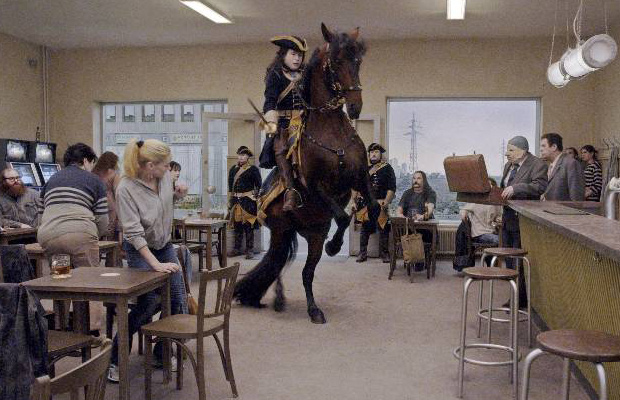
Swedish absurdist auteur Roy Andersson completes his art house slapstick trilogy with A Pigeon Sat on a Branch Reflecting on Existence––the other films in this triptych being Songs from the Second Floor (2000) and You, the Living (2007)––and it’s a meticulously detailed eccentricity.
Using a mostly static camera, and bouncing around chronologically, Andersson and his outstanding cinematographers István Borbás and Gergely Pálos capture an inventive milieu that recalls far-ranging fabulists like Federico Fellini, Jacques Tati, and Monty Python at their most poker-faced.
With an anemic yet effective color palette, haunting music, and comedy the hedges directly into horror, Andersson may have analogous company but he’s a nonconformist all his own. As stylish, strange, and oddball as it gets, this film’s cult status is assured.